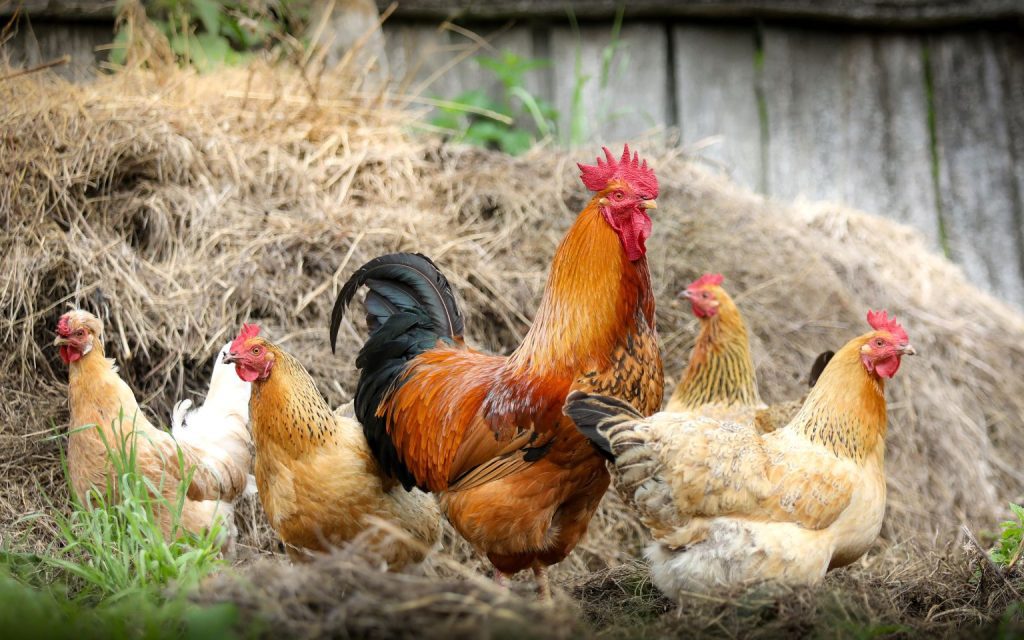
Are you seeking a lucrative Small-Scale Farm Business that you can launch in 2024 and turn a profit? You’re in the right place.
Three lucrative small-scale farm business ideas that you can launch without a lot of money are discussed in this article.
This will be beneficial to you whether you wish to farm for your family or for a living.
A small-scale farm: what is it?
A modest agricultural activity is referred to as a small-scale farm.
Either an individual or a family may own and operate it.
A small-scale farm is defined by its restricted area and potential for production, typically less than two hectares.
The cost of a nutritious diet was estimated to be 3.66 purchasing power parity (PPP) dollars per person per day globally in 2021, an increase of 4.3% from 2020.
What makes 2024 a good year to launch a small farm?
In line with the growth in food inflation, the cost of a healthy diet increased by more than 5% in all regions between 2020 and 2021, with the exception of Northern America and Europe.
42% of the world’s population, or more than 3.1 billion people, lacked access to nutritious food in 2021. The Food and Agriculture Organization (FOA) of the United Nations states this.
Urbanization presents us with a number of problems, such as the availability of unhealthy fast food, a shortage of fresh vegetables, and a rise in the cost of freshly cultivated goods.
As a result, we must participate in food production for both our communities and ourselves.
These are the most profitable small-scale farm business ideas that you can launch on a tight budget right now.
1. The practice of microgreen farming
How does microgreen farming work?
Growing young vegetable greens, which are often suitable for harvesting after the first few leaves have formed, is known as microgreen farming.
These little, nutrient-rich plants are frequently added to salads or used as garnishes.
You may cultivate microgreens both indoors and outdoors with different types of seeds, such as sunflower, broccoli, and radish.
They can provide nutrients to your diet and grow quickly.
Establishing a microgreen farm:
To get you started with microgreen farming, here is a simple guide:
1. Select herb or vegetable seeds that are good for microgreens. Broccoli, radish, mustard, sunflower, and arugula are popular options. Select what you think is best or what the market demands.
2. Set up containers or shallow trays with holes for drainage. Sterilize and use a high-quality potting mix to fill them.
Distribute the seeds uniformly throughout the soil’s surface. Gently press them down to make sure the seed has good contact with the soil.
3. Water the seeds with a little spray or by misting the soil. Keep the soil moist at all times, but do not overwater it. For the purpose of not upsetting the seeds, you can use a spray bottle.
4. Supply Light: Either use artificial grow lights or set the trays in an area with lots of indirect sunlight. Microgreens require four to six hours of light every day on average in order to germinate.
The microgreens are ready to be harvested when the first real leaves show up. This typically requires one to three weeks, based on the kind of microgreen.
Depending on the type, harvest the microgreens when they are one to three inches tall. Cut them with clean scissors slightly above the soil line.
It’s time to sell or consume your microgreens. After harvesting, carefully rinse the microgreens and let them air dry. Keep them chilled in a hygienic, airtight container. Fresh is when they taste the best.
To ensure that you always have fresh microgreens, you can sow new batches every one to two weeks. One of the best things about cultivating is that you may start fresh batches every one to two weeks. Don’t forget to experiment with several seed varieties to find your preferred tastes and textures.
2. Tree nursery
It takes expertise in farming, tree species identification, and marketing to launch a tree nursery. Additionally, as trees need time to mature, patience is essential.
Before selling them to be planted permanently, a tree nursery farmer raises trees from seedlings to the appropriate size.
Some of the most profitable trees to plant are fruit trees, like pecans, almonds, and walnuts, and nut trees, like avocados, oranges, and apples. This information was found on Quora.
It is your responsibility to ascertain which trees excite you and which are in high demand in your neighbourhood market. Decide what’s best after raising at least twenty.
3. Poultry
Raising domesticated birds for their eggs or meat, such as chickens, ducks, geese, etc., is known as poultry farming.
10 million turkeys and nearly 1.1 billion chickens were killed in the UK alone in 2022, according to statistics.com.
In the UK, chicken makes up over half of the meat consumed.
This data indicates that there is a significant market for poultry products. It is therefore one of the most lucrative small farm ventures to launch in 2024. Not only is it highly scalable, but you may begin with as few as 50 birds.
The delicate nature of certain bird species means that it’s crucial to get advice from specialists before establishing a chicken farm.
Since the objective is to maximize profit, this will assist you in managing or minimizing losses.
Remember the dos and don’ts when it comes to raising chickens.
You can hire an expert to assist you in starting your farm, or you can read more about chicken farming at classcentral.com.
Also Read: 7 Steps to Create an Individual Budget for 2024.
To Conclude:
Individuals establish small farms for various purposes.
Love of food and nature is the driving force for many of them, but profit is another.
However, you can meet both needs with a small farm. I hope getting your hands dirty is enjoyable for you.















0 Comments